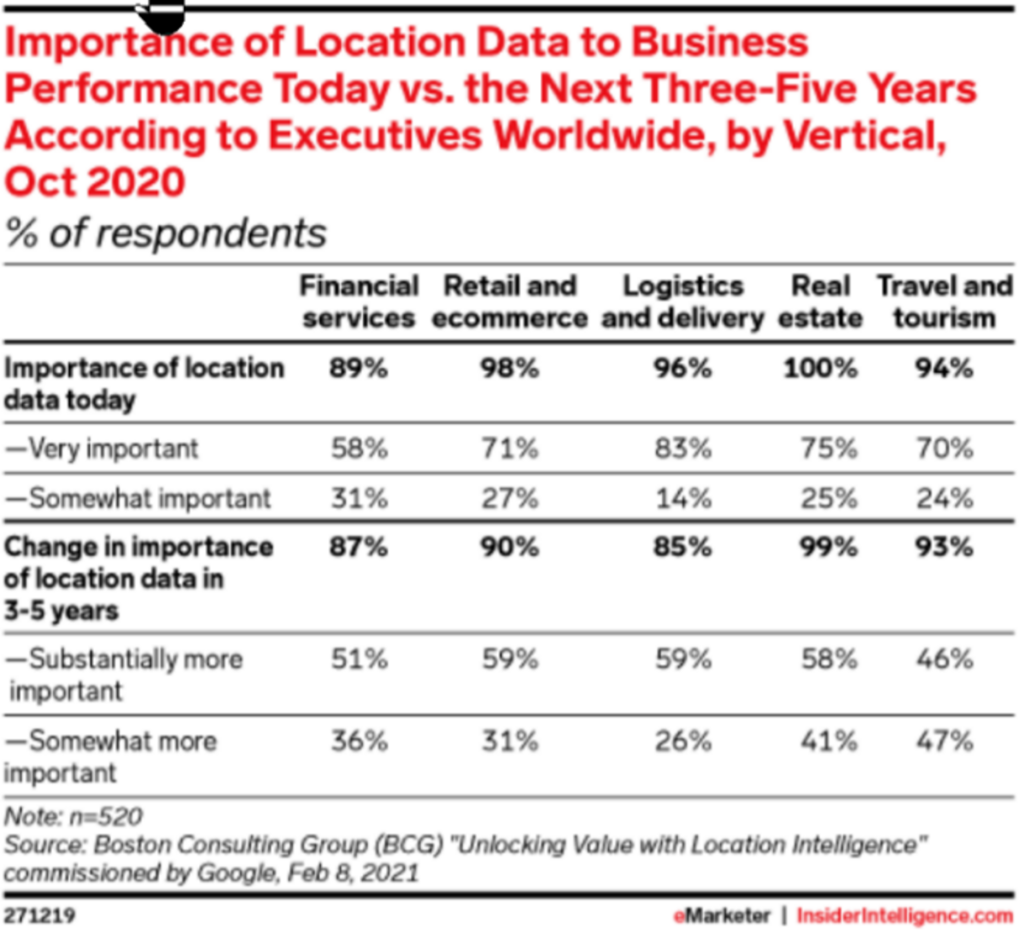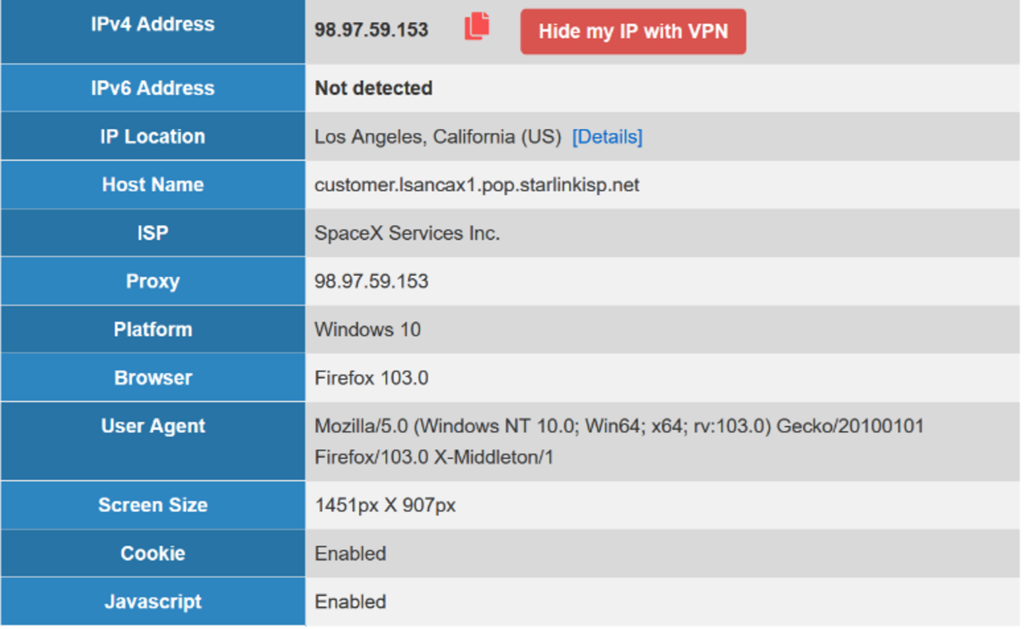
I started this post with a view to compare the total cost of ownership (TCO) of maintaining IPv4 with the deployment of Carrier-grade NAT (CGNAT). But, as my IPv6 advocacy usually does, I’ve pivoted and instead want to focus on an important factor of TCO — the lack of IPv6 adoption in enterprises.
The global transition to IPv6 has been a long, uphill battle for many reasons that I won’t rehash here. This battle and the resulting delays in both carrier and enterprise transition has created an operational void filled by multiple, necessary transition technologies and operational workarounds. While these are viewed by many as best practices, they are extension practices, which were never intended to act as long-term IPv6 transition strategies.
An argument can be made that an unintended consequence of deploying these operational workarounds has been to delay the transition to IPv6 rather than provide a true transitional path. This begs the question, what tools do we have at our disposal to break this inertia-driven impasse?
I propose we need to think not only out of the box but out of IT and take an incremental view of the TCO for delaying IPv6 adoption.
What can we learn from marketing?
The most influential factor in any enterprise is revenue — generating it, protecting it, and managing it. These activities are achieved incrementally through multiple tunable factors rather than through reliance on a single factor.
When we discuss IPv6 adoption in terms of incremental increase in revenue optimization, we strengthen the business case for transition and expand the audience of decision makers and sponsors. Marketing is one domain that offers influential decision makers, early adoption of technology and, most critically, budget for technology purchases. Importantly, marketing’s technology requirements align very well with the transition to IPv6 through its rapid expansion of IP-based geolocation solutions (Figure 1).

Two key performance indicators for digital marketers are click-through rate (CTR) and conversion rates. These relate to what links/products customers click on and ultimately lead to a purchase. Globally, the average conversion rate remains stubbornly below 3% (Figure 2), therefore any incremental improvement in this area is invaluable. One way to help with this is to improve the location targeting for ads and website content.

I live in northern Nevada, USA. However, my IP geolocation is regularly shown to be in surrounding states, including, as shown in Figure 3, Los Angeles, California, around 450 miles and a cultural galaxy away from my home.

I live in the land of coyotes, scorpions, Indian reservations, and cattle ranchers. But inaccurate geolocation puts me in the land of beaches, bikini-style swimsuits, and kale salads. This inaccuracy results in significant wasted investment when developing the demographic profile critical to a digital marketing campaign.
Last year, GeoIP data provider, MaxMind City, reported IPv6 geolocation as ~9% more accurate than IPv4, an increase from ~7% in 2020. In my experience when discussing IPv6 transition with marketers, these geolocation advantages resonate immediately (see this case study). They calculate the impact on revenue and wasted investment immediately and they are converted to IPv6 evangelists. The conversion makes them more likely to partner with and sponsor IT for the transition, making it a promising opportunity for breaking the impasse.
Collaborations and use cases are key
Some have advocated that IPv6 adoption is past its prime and the industry should just move on, declare IPv6 dead and transition to yet another set of protocols. Of course, I disagree. However, if we can’t find a way for building consensus on why transitioning to IPv6 is taking so long and, more importantly, come to a consensus on collaborative, interdisciplinary strategies to improve the transition to IPv6, we will just be taking our recipe for inertia with us to the next big, foundational thing.
E. Marie Brierley is the Founder and CEO of Saatvik Advisors, an IPv6 consulting firm.
The views expressed by the authors of this blog are their own and do not necessarily reflect the views of APNIC. Please note a Code of Conduct applies to this blog.
